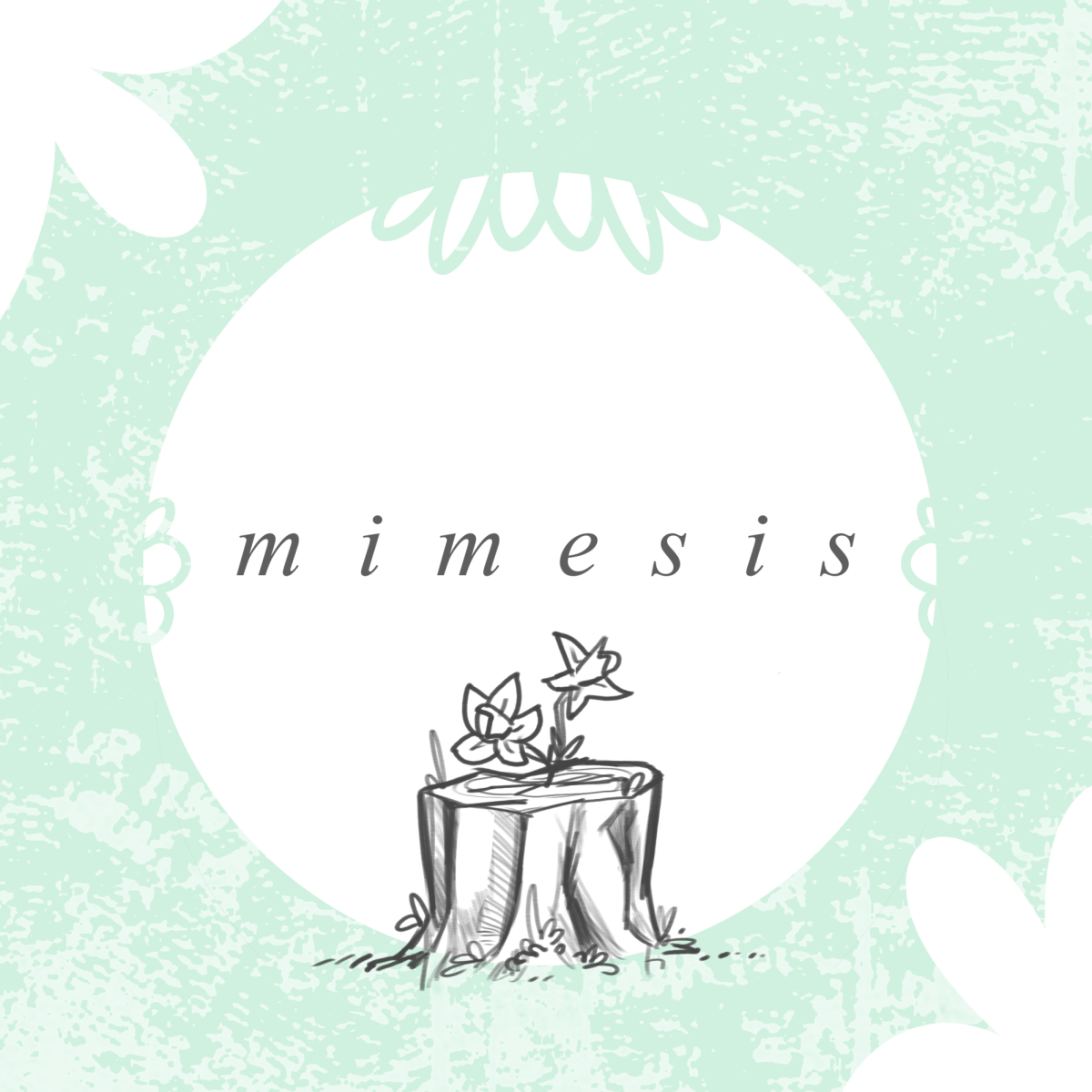H.P. Lovecraft is one of the most recognizable names in the world of cosmic horror. His work encapsulates an innate fear of the unknown — invoking eldritch beings with little room for explanation. Lovecraft’s writings are more broadly organized under the umbrella of Gothic fiction — a subgenre devoted to exposing humanity’s soft underbelly.
Gothic literature is a delightful amalgamation of horror tropes and who knows what else. Seriously, toying with aspects of the unknown solidifies the genre as a testament to how deeply we fear what we can’t comprehend.
While I may be enrolled in a class called The Gothic Imagination this semester, it is not my first rodeo with literature in the genre. When compared to older classics, H.P. Lovecraft’s work is a greater challenge to decipher. His idea of horror looks out more than in.
Oscar Wilde published “The Picture of Dorian Grey” in the late 1800s — crafted in prose that was shockingly modern for the time. The novel is brief and briskly paced, wasting no time in telling its cautionary tale. Unlike Lovecraft, Wilde chose to bury himself in behavior that was too close to relatable for comfort. Wilde chose to circumvent the flesh-and-blood presentation of evil beings and tell a story about the inherent ugliness of humanity.
I think the novel is more philosophical than horror-esque, so what even is Gothic literature? Often seen as synonymous, characterizing a novel as Gothic fiction does not imply horror themes by default. Often, dealings with the supernatural are expected and Dorian’s experience is no exception.
The novel follows Dorian Grey’s descent into a hedonistic lifestyle. The book literally opens with a Faustian bargain — AKA, a deal with the devil. There are themes of corruption, sexuality and youth all wrapped up in a lovely bow and sprinkled heavily with paranoia.
Dorian is the muse of Basil Hallward, who introduces him to Lord Henry Wotton. These three gentlemen form a triangle of sorts. Basil is infatuated with Dorian, but his love is innocent and the source of his inspiration. Alternatively, Henry is intrigued by Dorian, but his interest is self-serving — he wants to see how great of an influence he possesses over the younger man. Both men “love” Dorian, described with feelings of jealousy and possession.
In the opening moves of the novel, Basil finishes a painting of Dorian. In a fit of passion brought on by Henry, Dorian wishes away his soul for the everlasting youth displayed in his painted essence. In exchange, he declares that the reflection of his true age and moral character should be reflected by the painting.
The rest of the story details his dealings with love, murder, drugs and regret. By the novel’s conclusion, his painting is a disgusting reflection of his actions. He vows to redeem himself and stabs the painting in hopes of a fresh start and freedom from his wish. However, his servants find his aged and lifeless body beneath a mysteriously unfettered painting of his younger self.
Dealings with the devil are common in Gothic stories. I think selling one’s soul for some benefit is one of the most easily parsed themes in the genre, which makes “The Picture of Dorian Grey” a prime candidate for your first Gothic read.
Perhaps this isn’t a good sign, but Gothic literature also revolves around some form of relatability. Most instances of supernatural involvement are merely symbolic of vices such as addiction, lust or repressed desires.
For Dorian, his grotesque painting is reflective of his regret. It’s not so much an autonomous, evil being as it is a physical embodiment of his repulsion toward himself. He hides the painting in an unused room and believes even his trusted servant will discover the horrors of his portrait.
In comparison to other Gothic novels, “The Picture of Dorian Grey” is rather on-the-nose when it comes to presenting the supernatural. I mean, the evil being is Dorian’s own reflection; no physical visits from Satan are required. No heavy lifting must be done to analyze if the painting is a spirit, because Basil painted the thing right in front of the reader.
This is not to say there isn’t room for interpretation, which I think is an entertaining way to familiarize yourself with Gothic themes. There’s a strong possibility that Dorian was hallucinating the whole thing — but Basil was also capable of seeing the painting’s decay. So, does that mean Basil was the only one who could see Dorian’s true self?
Or, did Dorian’s wish actually breathe life into the painting, birthing a malicious mirror of Dorian’s mental state? There are many ways to walk away from the story and still feel satisfied. Students are so often taught that there is a right answer when closely reading a text.
I think the Gothic genre begs to differ, but Wilde’s work allows the readers the room to play with his words and use their own experiences to shape what the narrative means to them, personally.
That’s why “The Picture of Dorian Grey” is a lovely little introduction to the genre. For some, it’s a straightforward tale of hedonistic living with a well-deserved end. To others, it may be a grave reflection of their own shameful action. To many, though, it is a pointed finger at the reader’s own portrait. That’s the beauty of the story and of Gothic literature as a whole.
So I implore you — would your painting be safe to display? Or would you stoop to murder so no living pair of eyes could witness what you’ve done?


